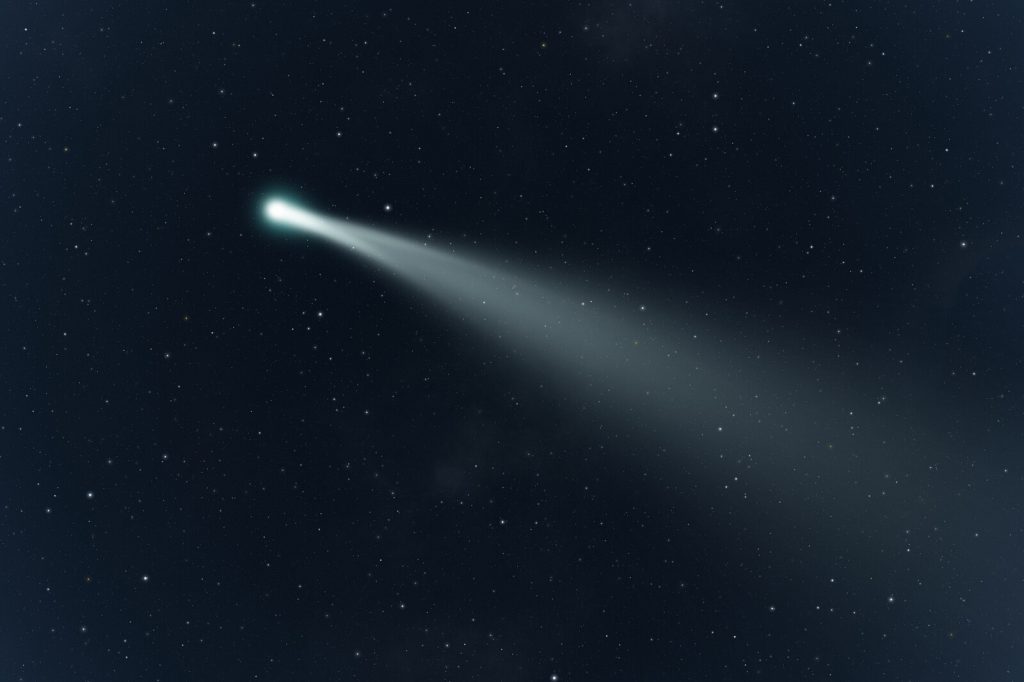Polish astronomer Kacper Wierzchoś, who works in NASA’s Planetary Defense Program at Mount Lemmon Observatory in Arizona, USA, has discovered a third, previously unknown comet, the scientist told PAP.
The 33-year-old astronomer discovered three comets, as well as the so-called asteroid. A small moon and hundreds of NEOs (the so-called NEOs). Wierzchoś makes his discoveries using the observatory’s 1.5-meter telescope.
The last periodic comet he discovered passed the Sun at a distance of 360 million km, 2.4 times the average distance of Earth from the Sun, and will return to the Solar System in about 25 years. The facility is registered under the name P / 2021 U1 (Wierzchoś).
Another comet discovered by a pole
A little earlier, in September of this year, the Polish scientist discovered his second comet, named after him – P / 2021 P4 (Wierzchoś). It’s also a periodic comet, which we’ll see again in 2034. Wierzchoś’s first comet, body C/2020 H3, discovered last April, had an orbit of thousands or tens of thousands of years, so it was only visible once .
In February 2020, the pole, together with the second researcher Theodore Bruen, discovered the asteroid 2020 CD3, which is several meters in diameter, the temporary moon of the Earth. For three years, the hitherto unnoticed object has been orbiting our planet, but has already freed itself from the influence of Earth’s gravity – said Wierzchoś.
The scientist born in Lublin is conducting observations as part of the Catalina Sky Survey funded by NASA, the main goal of which is the search for asteroids, comets and meteorites whose orbits pass close to Earth, the so-called near-Earth objects.
Wierzchoś has already discovered hundreds of these things. “I lost count,” he said. “Our team discovered more than 1,500 NEOs last year,” he added. “Detecting potentially dangerous near-Earth objects is our primary mission as part of NASA’s Planetary Defense Program,” he said.
According to the license granted by the US Congress to NASA in 2005, at least 90 percent. NEOs with a diameter of at least 140 meters must be detected and classified. An object of this size falling to the ground may cause long-range damage. “None of the comets I’ve discovered belong to them,” Wierzchoś reassured.
“Objects that are not NEOs are detected while performing our main mission as part of the Planetary Defense Program, during many hours of work in the telescope, when we are looking at the sky” – he explained.
We make DEON.pl for you
You can support us here.





More Stories
Nvidia GeForce RTX 4090: AIDA64 gets Ada spearhead support
Rogue Trader – Details about the first cRPG in the series – CD-Action
t3n – Digital Pioneers | digital business magazine